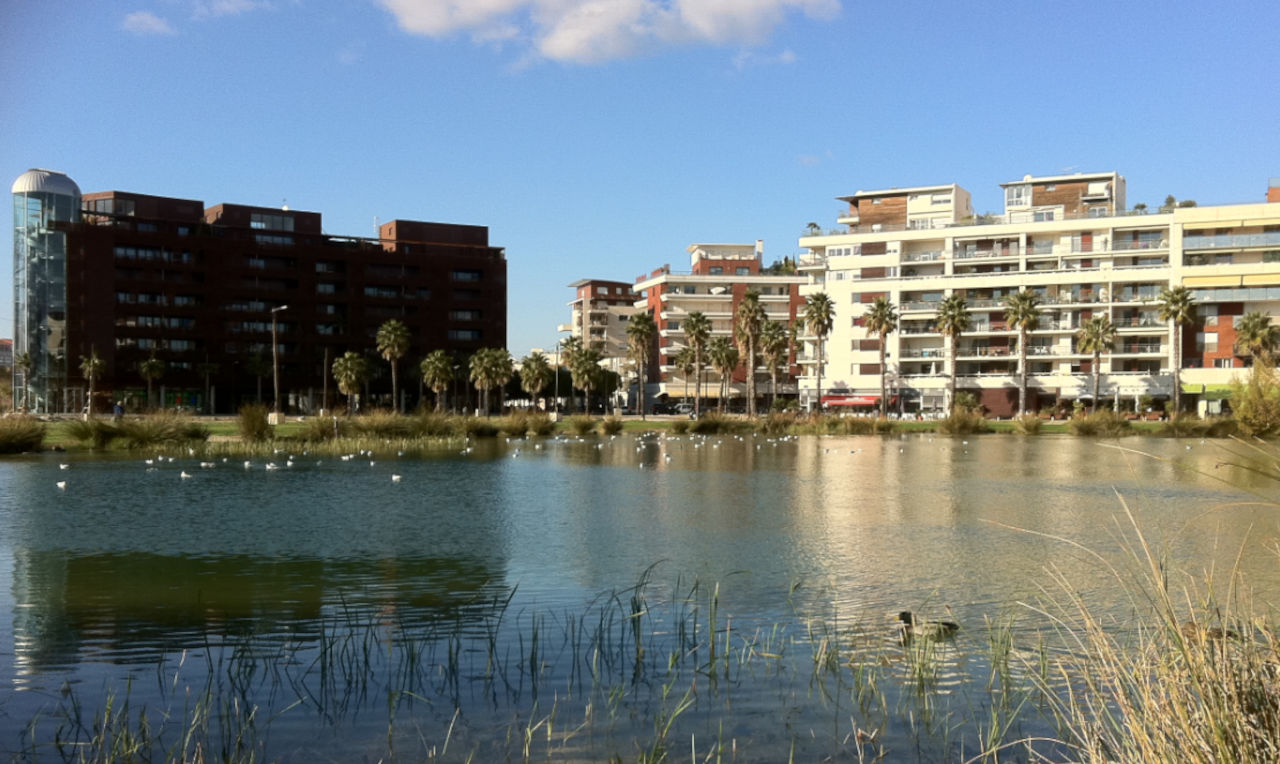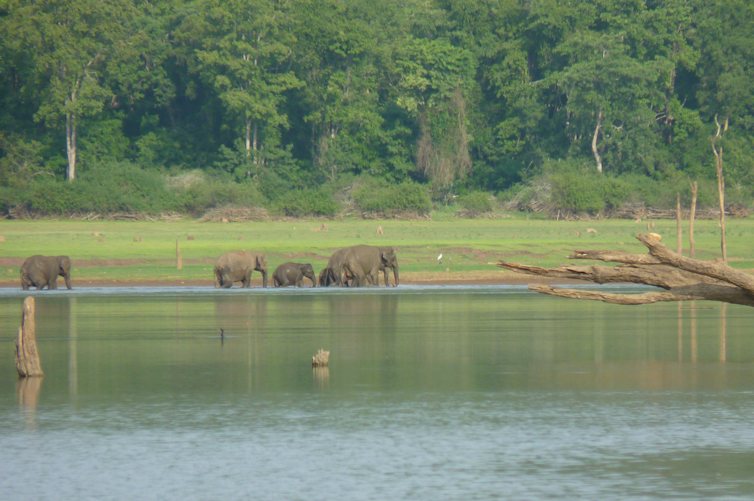The four ecologies of the Anthropocene
With our entry into the Anthropocene—this period in which human activities have become a new geological force affecting all planetary ecosystems and the climate—the protection of biodiversity and living conditions on Earth has become a central issue.
Raphaël Mathevet, University of Montpellier

However, depending on the geographical and political context, environmentalists and conservation biologists have claimed allegiance to different schools of thought and adopted different positions over the decades.
To avoid confusion between these approaches, it is necessary to understand the different ecologies at work in nature conservation. Some of them have enjoyed periods of dominance and varying degrees of success. Today, they coexist and all advocate for the creation of protected areas, which now cover 15% of the planet's land surface. Despite the multiplicity of approaches within the same school of thought, they can be better characterized by adapting a political science framework.
We can thus distinguish a first dividing line between conservation approaches that are based on the opposition between nature and culture and those that seek to overcome this dualism. The second dividing line distinguishes between approaches that are based on the dominant economic model or its reform and those that seek to radically transform it.
Finally, the species and ecosystem management regimes that arise from this framework develop along a spectrum whose two poles are free evolution versus control of nature.
The ecology of obstinacy
The ecology of obstinacy has long been stubbornly focused on preserving highly natural ecosystems and landscapes, as well as iconic wild species. It is often based on management practices that seek to protect a generally idealized view of nature, even if this means intervening heavily through species reintroductions and regulations, or controlling processes such as fires and floods.
This approach to ecology seeks to protect wilderness by excluding extractive human activities as much as possible and does not challenge the dominant economic model. Implemented by many NGOs and supported by international donors, it can now be seen in a number of African national parks such as Kruger Park in South Africa and Kaziranga National Park in India, both famous for their rhino and elephant populations. This type of ecology can also serve to exercise political control over sensitive areas, such as the Jiangtang Megapark in China's Tibet Autonomous Region.

Raphaël Mathevet
The ecology of reconciliation
Becoming mainstream in the 1990s, the ecology of (re)conciliation advocates for protected areas where humans are involved in participatory approaches to conservation integrated with natural resource exploitation and development activities.
This approach promotes both the protection of wilderness areas and biodiversity in agricultural and forest areas. It mobilizes all possible means, from non-intervention to active management, depending on the socio-ecological dynamics of the species and environments concerned. It emphasizes the diversity of values associated with living things and seeks to reconnect humans with the biosphere by changing their behavior at the individual level, but also to promote collective actions that shape public policy.
If it decides to accept the dominant economic model, it implements management methods adapted to the local context, as well as reformist and contractual policies that encourage people to take care of nature, or at least make good use of it. These approaches can be seen in particular in French regional nature parks and in the global network of biosphere reserves under UNESCO's Man and the Biosphere Program.
The ecology of renunciation
A school of thought that emerged in the 2000s, which we refer to as the ecology of renunciation—because it has renounced the dualism between nature and culture and the autonomy of living beings—considers that humans have permanently disrupted the functioning of ecosystems. According to this position, the biosphere is now a mosaic of gardens that are more or less wild and rich in evolutionary promise. Humans can develop these hybrid natural environments to make them desirable and/or more productive.
These highly debated approaches are promoted in particular by the scientific director of the powerful American NGO The Nature Conservancy, which has a million members and manages more than 480,000km² of natural environments around the world. Humans have a duty to control, if not manage, the ecosystems of which they are an integral part, and to promote natural capital and ecosystem services through public-private partnerships. According to proponents of this approach, technological and scientific innovation, democracy, and freedom remain important ideals, and the commodification of living organisms could halt, if not slow down, the erosion of biodiversity.
The ecology of the wild

Raphaël Mathevet
Finally, more recently, wilderness ecology seeks instead to promote the idea that nature does not need humans. Human activities must protect or cooperate with the living world, allowing the autonomous and evolutionary forces that animate it to express themselves. It promotes the idea that processes should be allowed to evolve freely over the largest possible areas, regardless of their initial naturalness.

Raphaël Mathevet
This transformative ecology often rejects the basic structure of extractive productivism in favor of collaborative and sober systems. It seeks a redistribution of power within the political economy and willingly diverts property rights so as not to exploit or control living things. These approaches can be found in a growing number of agroecology experiments in South America, India, and France, as well as in wildlife reserves run by certain associations in the Allier Gorges and the Vercors.
These different ecologies demonstrate a diversity of ways of dealing with the consequences of recognizing that humans are always part of a web of ecological interdependencies.
Beyond past categories and oppositions—natural versus artificial, wild versus domestic, protected versus exploited—the focus is now on promoting ecological solidarity, to defend nature and life everywhere by finally making humans true companions of the biosphere.![]()
Raphaël Mathevet, Researcher at CNRS CEFE, University of Montpellier
This article is republished from The Conversation under a Creative Commons license. Readthe original article.